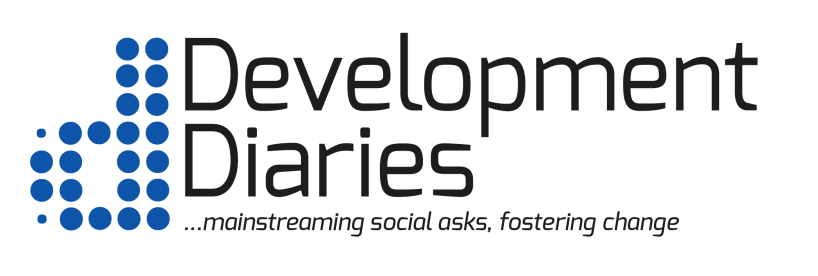A coalition of non-governmental organisations (NGOs) has urged the Nigerian government to utilise diverse popular culture as avenues to create HIV/AIDS prevention awareness.
The organisations made the call during an online discussion on the role of media in HIV prevention advocacy.
The theme of the discussion, which was organised by AIDS Vaccine Advocacy Coalition (AVAC) and Journalists Against AIDS Nigeria (JAAIDS), was ‘Advocating for Supportive Policy and Programme for Effective HIV Prevention Interventions’.
According to the NGOs, certain social, economic, political and health challenges in the country will be tackled when government takes advantage of the active involvement of young persons in present-day pop culture.
Key Population Advisor at Nigerian Office of Heartland Alliance International, Michael Akanji, said that pop shows, including the BBNaija, were popularly accepted by youths more at risk of being infected with HIV.
It is understood that the HIV prevalence among adolescents and young people in Nigeria is estimated to be 3.5 percent, which is the highest among countries in West and Central Africa.
‘Nigeria’s HIV prevalence is more among the young population such as the female sex workers, men who have sex with men and people who inject drugs, most of whom have not been reached’, Mr Akanji said.
‘Out of the five prevention pillars of HIV, Nigeria picked four which include prevention among young persons, key population, provision of condoms and pre-exposure prophylaxis (PrEP).
‘But not much has been done in these areas’.
He urged the government to focus and invest more on HIV prevention mechanism rather than HIV treatment to avoid healthcare providers getting overwhelmed.
Also speaking, Executive Director of JAAIDS, Olayide Akanni, cited data released by the United Nations Programme on HIV/ AIDS (UNAIDS) in 2018.
Ms Akanni said that the data indicated that about 160 young women between the ages of 15 and 24 become infected with HIV everyday in the West and Central African region.
Representative of AVAC, Josephine Aseme, noted that full adoption of prevention mechanism would be better because it is cost-effective.
‘If certain preventive mechanism such as Pre-exposure Prophylaxis (PrEP) is taken effectively by people at risk, it reduces the risk of getting HIV from sex by about 99 percent and 74 percent among people who inject drugs’, Ms Aseme said.
Source: NAN
Photo source: CiSHAN





